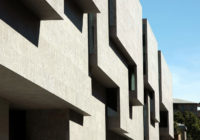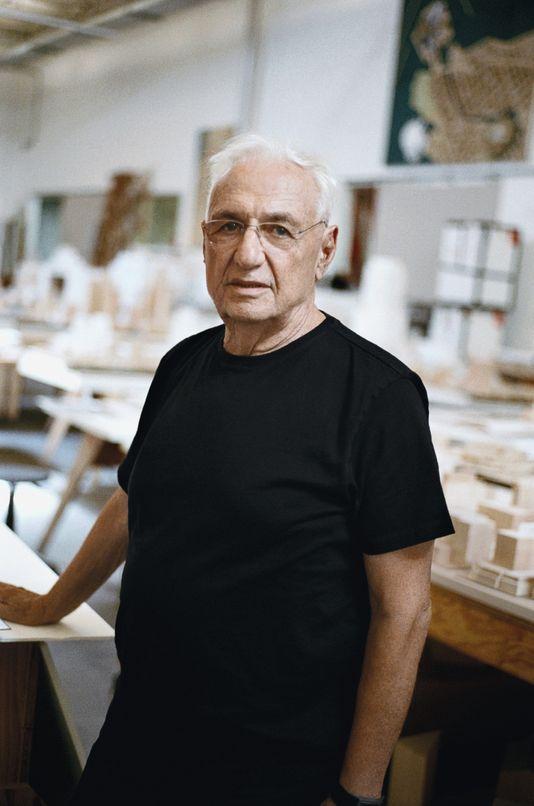

About
Frank Gehry was born Frank Owen Goldberg in Toronto, Canada on February 28, 1929. He studied at the University of Southern California and Harvard University. Gehry, based in Los Angeles since the 1960s, is among the most acclaimed architects of the 20th century.
He is known for his use of bold, postmodern shapes and unusual fabrications. Gehry’s most famous designs include the Walt Disney Concert Hall in Lost Angeles and the Guggenheim Museum in Bilbao, Spain.
Los Angeles university SCI-Arc has granted Frank Gehry an honorary masters degree in recognition of his “unparalleled” impact on architecture.
Career
It’s not often the case that architects grow to become household names. But Frank Gehry has never lived by any common practice. The award-winning architect has spent more than a half-century disrupting the very meaning of design within architecture. From the iconic Guggenheim Museum Bilbao (which Philip Johnson called “the greatest building of our time”) to the Fondation Louis Vuitton in Paris, Gehry has proven time and again the force that’s produced when whimsical design is done masterfully with a touch of storytelling.
Born in Canada in 1929, Gehry attended the University of Southern California and the Harvard Graduate School of Design. He began his career in Los Angeles working for Victor Gruen Associates and Pereira and Luckman. After a brief stint in Paris working with Andre Remondet, he returned to California and started his own firm in 1962. Gehry was awarded the Pritzker Prize in 1989. A man with seemingly no limits, there is no bad time to celebrate Gehry’s oeuvre.
Famous sketches
His extraordinary designs stem from his wild imagination. Frank Gehry jotted down his ideas in a very… carefree manner.
While these sketches are not too appealing, it still managed to capture the spirit of his ideas and proved to be effective in the end.


Project Panama
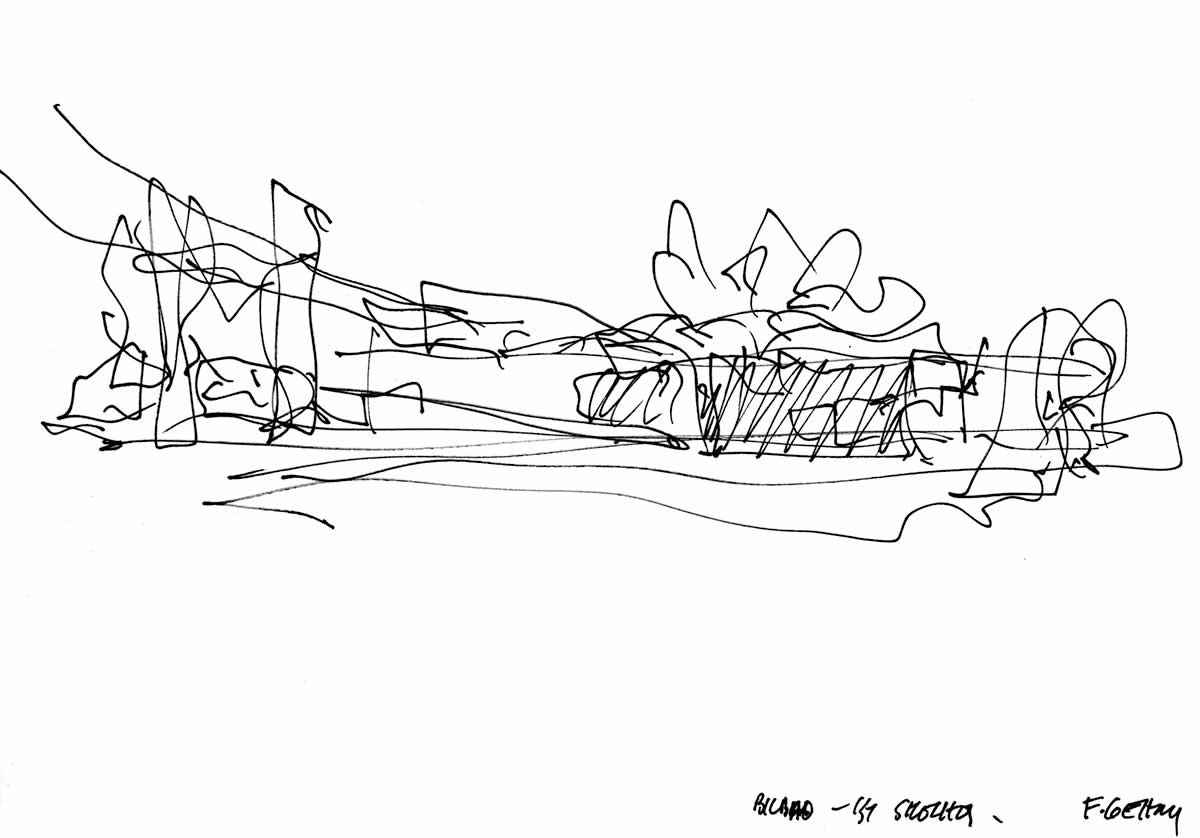

Bilbao


Walt Disney Concert Hall
Projects
Walt Disney Concert Hall, California


Gehry was shortlisted to devise a new home for the Los Angeles Philharmonic in 1988; the project, the Walt Disney Concert Hall, finally opened in 2003. Today critics and the public agree that the iconic building was worth the wait. Reflecting Gehry’s longtime passion for sailing, the structure’s exterior features expanses of stainless steel that billow above Grand Avenue, while inside, similarly shaped panels of Douglas fir line the auditorium.
Guggenheim Bilbao, Spain
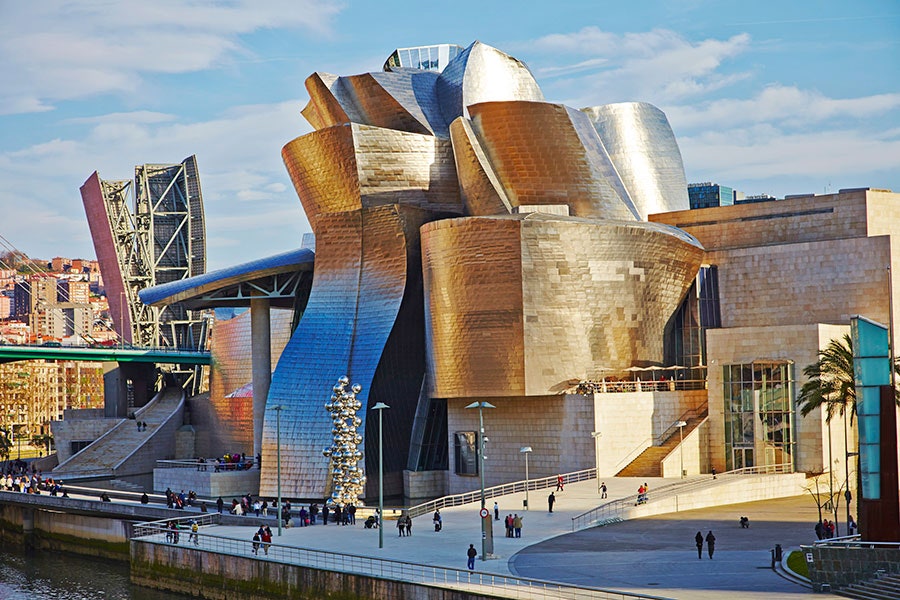

The Guggenheim’s satellite in Bilbao, Spain, multiplied the museum’s exhibition space in a mountain of stone, glass, and titanium that follows the contours of the Nervión river. Design and construction of the Guggenheim Bilbao went largely unnoticed in the press, so the building’s 1997 opening produced an explosion of publicity, securing Gehry’s place as a master among architects and jolting the Bilbao economy
Neuer Zollhof, Germany
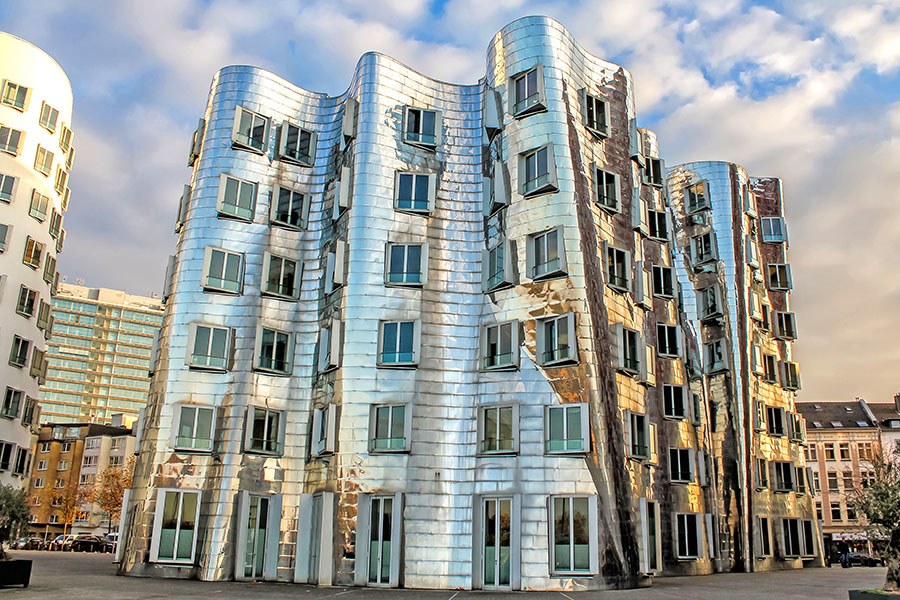

Gehry’s Neuer Zollhof complex spurred the transformation of Dusseldorf, Germany’s waterfront into what is now called the Media Harbour in 1999. The popularity of the trio of office buildings yielded nearby commissions for other prominent architects like Fumihiko Maki and Murphy/Jahn, and earned the three towers a spot in the Germand edition of Monopoly.
Chiat/Day Complex, California
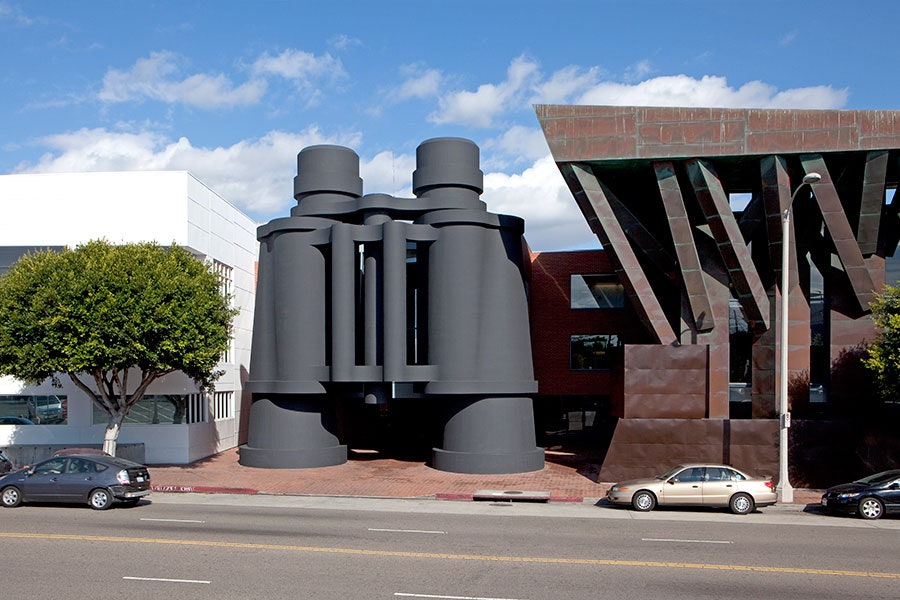

The 1991 Venice, California, complex that Gehry built for advertising agency Chiat/Day commonly goes by the nickname Binoculars Building, thanks to the enormous pair of binoculars that mark the entrance to a parking garage—a collaboration between Gehry and artists Claes Oldenburg and Coosje van Bruggen. Office structures resembling a ship’s prow and tree trunks flank the sculpture, which now welcomes 500 Google employees to work every day.
Vitra Design Museum, Germany
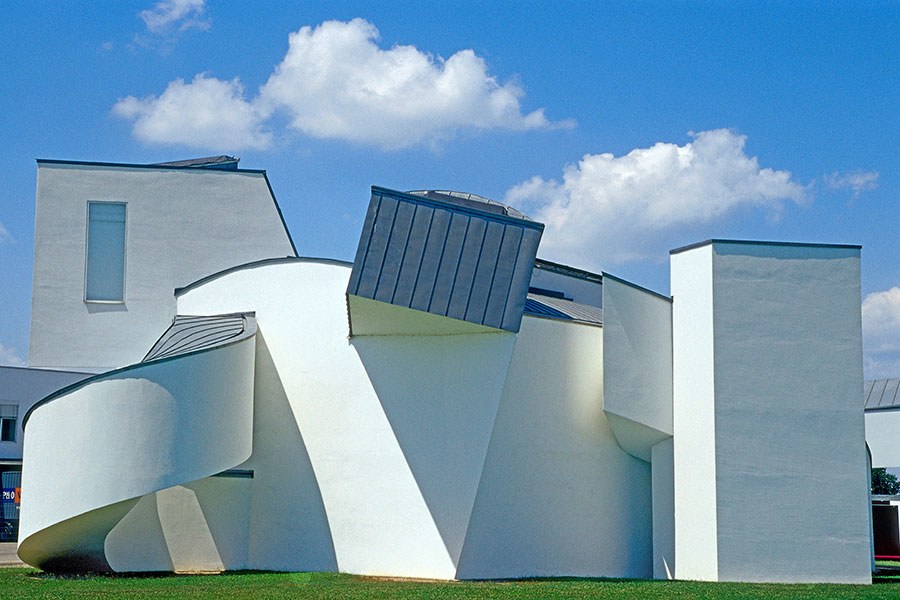

Since the early 1980s, furniture manufacturer Vitra has enlisted up-and-coming architects to create buildings for its campus in Weil am Rhein. Among them is Gehry’s Vitra Design Museum, which opened in 1989. For the 8,000-square-foot venue, Gehry piled simple simple geometric forms against a cubic volume, unifying them all with white plaster surfaces and zinc roofing.
Weisman Art Museum, Minnesota
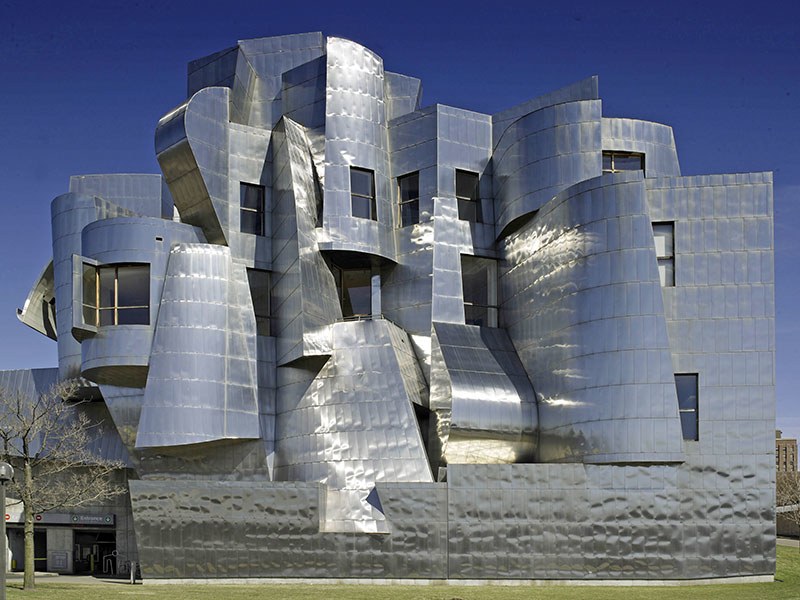

Completed in 1993, the Weisman Art Museum is located on the University of Minnesota campus. Its western façade, featuring steel-clad turrets and bays, peeks over the bluffs of the Mississippi River. Construction of a Gehry-designed expansion concluded in 2011.






